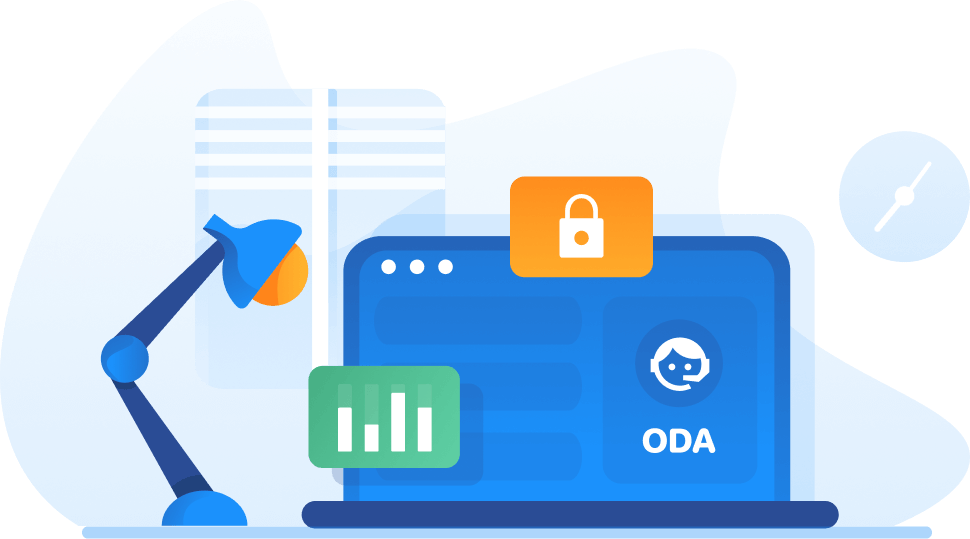In today's rapidly evolving digital landscape, remoteIoT device access has emerged as a crucial component of modern technology infrastructure. With the proliferation of IoT devices, the ability to remotely access and manage these devices has become essential for businesses and individuals alike. Whether for monitoring, troubleshooting, or automation, remoteIoT device access offers unparalleled convenience and efficiency.
As IoT continues to expand its reach across various industries, the need for secure and reliable remote access solutions has never been greater. Organizations are increasingly adopting IoT technologies to enhance operational efficiency, reduce costs, and improve customer experiences. However, with this growth comes the challenge of managing and maintaining a vast network of devices spread across different locations.
This comprehensive guide explores the concept of remoteIoT device access, its applications, benefits, challenges, and best practices. By the end of this article, you will have a thorough understanding of how remoteIoT device access works and how it can be leveraged to drive innovation and productivity in your organization.
Read also:Maria Da Graccedila Limovaacute A Remarkable Journey Through Time
Table of Contents
- Introduction to RemoteIoT Device Access
- The Importance of RemoteIoT Device Access
- How RemoteIoT Device Access Works
- Applications of RemoteIoT Device Access
- Benefits of RemoteIoT Device Access
- Challenges in RemoteIoT Device Access
- Security Considerations for RemoteIoT Device Access
- Best Practices for RemoteIoT Device Access
- Future Trends in RemoteIoT Device Access
- Conclusion
Introduction to RemoteIoT Device Access
RemoteIoT device access refers to the ability to connect to and manage IoT devices from a remote location. This technology enables users to monitor, configure, and troubleshoot devices without being physically present, offering significant advantages in terms of convenience and efficiency.
IoT devices, ranging from smart home appliances to industrial sensors, generate vast amounts of data that can be harnessed to drive decision-making and automation. RemoteIoT device access plays a critical role in ensuring that this data is accessible and actionable, regardless of geographical constraints.
Key Components of RemoteIoT Device Access
Several key components contribute to the functionality of remoteIoT device access:
- Cloud Platforms: Cloud-based solutions provide the infrastructure needed to connect and manage IoT devices remotely.
- APIs: Application Programming Interfaces (APIs) enable seamless communication between devices and remote management systems.
- Authentication Protocols: Secure authentication mechanisms ensure that only authorized users can access IoT devices remotely.
The Importance of RemoteIoT Device Access
In an era where connectivity is paramount, remoteIoT device access has become indispensable for businesses seeking to optimize their operations. By enabling remote management, organizations can reduce downtime, lower maintenance costs, and enhance overall productivity.
Impact on Various Industries
RemoteIoT device access has far-reaching implications across multiple industries:
- Manufacturing: Real-time monitoring of machinery and predictive maintenance reduce production disruptions.
- Healthcare: Remote access to medical devices improves patient care and monitoring capabilities.
- Energy: Smart grid systems benefit from remoteIoT device access for efficient energy distribution and management.
How RemoteIoT Device Access Works
At its core, remoteIoT device access relies on a combination of hardware, software, and network protocols to establish secure and reliable connections. Devices are equipped with communication modules that allow them to interact with remote management systems via the internet or other networks.
Read also:Lara Rose Birch Telegram A Comprehensive Guide
Steps in RemoteIoT Device Access
- Device registration and configuration.
- Establishing a secure connection through authentication and encryption.
- Data exchange and management via cloud platforms or dedicated servers.
Applications of RemoteIoT Device Access
The versatility of remoteIoT device access makes it suitable for a wide range of applications:
- Smart Home Automation: Control lighting, temperature, and security systems from anywhere.
- Industrial IoT: Monitor and manage factory equipment remotely to enhance operational efficiency.
- Agriculture: Use IoT sensors to monitor soil conditions and automate irrigation systems.
Case Studies
Real-world examples demonstrate the effectiveness of remoteIoT device access in solving complex challenges:
- A leading manufacturing company reduced maintenance costs by 30% through predictive maintenance enabled by remoteIoT device access.
- A healthcare provider improved patient outcomes by implementing remote monitoring of critical medical devices.
Benefits of RemoteIoT Device Access
Adopting remoteIoT device access offers numerous advantages:
- Increased Efficiency: Streamlined processes lead to faster decision-making and reduced downtime.
- Cost Savings: Lower maintenance and travel costs result in significant financial benefits.
- Enhanced Security: Advanced encryption and authentication protocols protect sensitive data.
Statistical Evidence
According to a report by Gartner, organizations leveraging IoT technologies, including remoteIoT device access, experience an average productivity increase of 25%.
Challenges in RemoteIoT Device Access
Despite its many benefits, remoteIoT device access presents several challenges that must be addressed:
- Security Risks: Unauthorized access and data breaches pose significant threats.
- Network Reliability: Dependence on stable internet connections can lead to connectivity issues.
- Complexity: Managing large-scale IoT deployments requires specialized expertise.
Overcoming Challenges
Implementing robust security measures and leveraging advanced technologies can help mitigate these challenges.
Security Considerations for RemoteIoT Device Access
Ensuring the security of remoteIoT device access is paramount. Organizations must adopt comprehensive security strategies to protect their IoT ecosystems:
- Encryption: Use end-to-end encryption to safeguard data transmissions.
- Access Control: Implement role-based access control to restrict unauthorized access.
- Regular Updates: Keep firmware and software up to date to address vulnerabilities.
Best Security Practices
Adhering to industry standards and best practices is essential for maintaining the integrity of remoteIoT device access systems.
Best Practices for RemoteIoT Device Access
To maximize the benefits of remoteIoT device access, organizations should follow these best practices:
- Plan Thoroughly: Develop a comprehensive strategy for IoT deployment and management.
- Monitor Continuously: Implement real-time monitoring to detect and respond to potential issues.
- Collaborate with Experts: Partner with experienced IoT solution providers for optimal results.
Implementation Tips
Successful implementation of remoteIoT device access requires careful planning and execution. Engaging stakeholders and providing adequate training are crucial steps in the process.
Future Trends in RemoteIoT Device Access
The future of remoteIoT device access is promising, with several emerging trends set to shape the landscape:
- Artificial Intelligence: AI-driven analytics will enhance the capabilities of remoteIoT device access systems.
- 5G Connectivity: The rollout of 5G networks will enable faster and more reliable remote access.
- Edge Computing: Processing data closer to the source will reduce latency and improve performance.
Looking Ahead
As technology continues to evolve, remoteIoT device access will play an increasingly vital role in shaping the future of connectivity.
Conclusion
RemoteIoT device access represents a transformative technology with the potential to revolutionize how we interact with IoT devices. By understanding its applications, benefits, and challenges, organizations can harness its power to drive innovation and achieve their goals.
We encourage you to explore further resources and consider implementing remoteIoT device access in your operations. Don't forget to share your thoughts and experiences in the comments section below. For more insights into IoT technologies, check out our other articles on the website.


